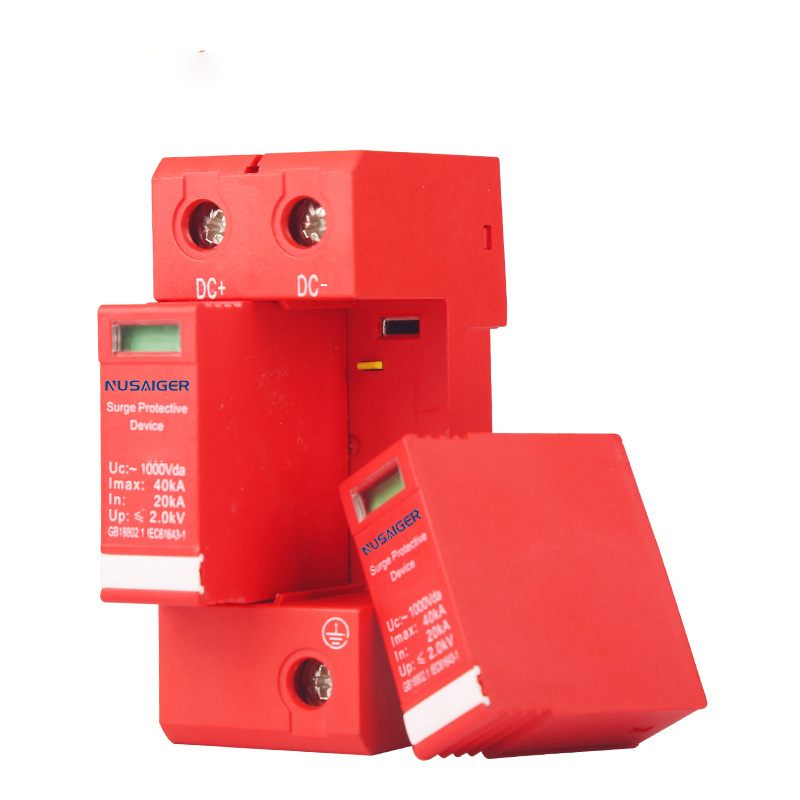How to Maintain and Test Surge Protective Devices for Long-Term Reliability
Installing surge protective devices is only the first step toward safeguarding your systems. Like any safety mechanism, SPDs require periodic maintenance and testing to ensure continued performance over their operational lifespan.
Why Maintenance is Crucial
SPDs degrade over time due to repeated exposure to surges. While many models feature status indicators, failures can still go unnoticed—especially in industrial environments. Regular inspection helps detect issues early and prevents undetected vulnerabilities.
Signs Your SPD Needs Replacement
- Status LEDs show failure or ‘protection lost’
- Visible burn marks or damaged casings
- Frequent nuisance tripping
- Age exceeding manufacturer’s suggested lifespan (typically 5-10 years)
How to Test SPDs
Professional testing involves insulation resistance tests, thermal imaging, and sometimes oscilloscope readings during transient simulation. For commercial sites, incorporating SPD checks into annual preventive maintenance is highly recommended.
Tips for Long-Term Reliability
- Document surge events using monitoring devices
- Install SPDs with replaceable modules
- Maintain a replacement stock for high-risk areas
- Train maintenance staff on SPD functionality and warning signs
Conclusion
An SPD is not a one-and-done solution. Its long-term reliability depends on proper maintenance, timely testing, and proactive replacement. By treating SPDs as dynamic components, you ensure continuous protection of your critical assets.



